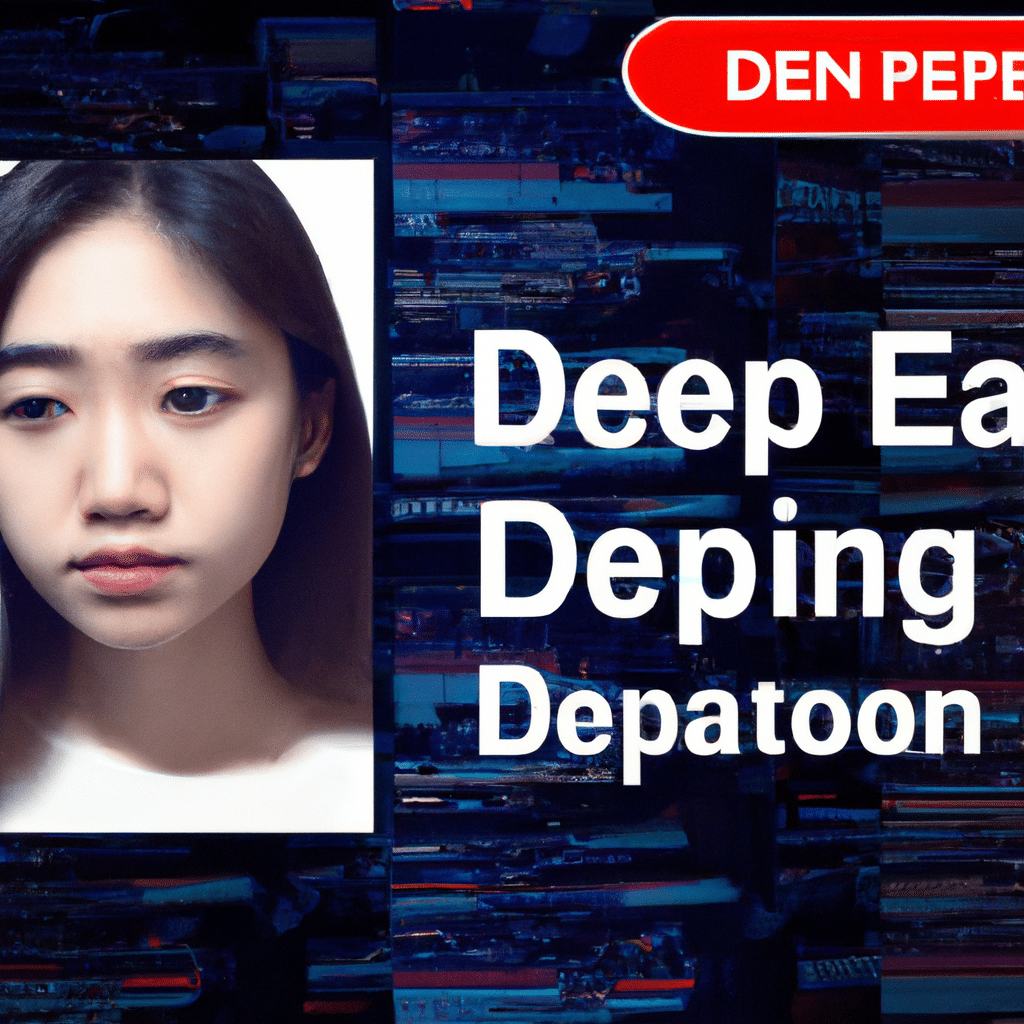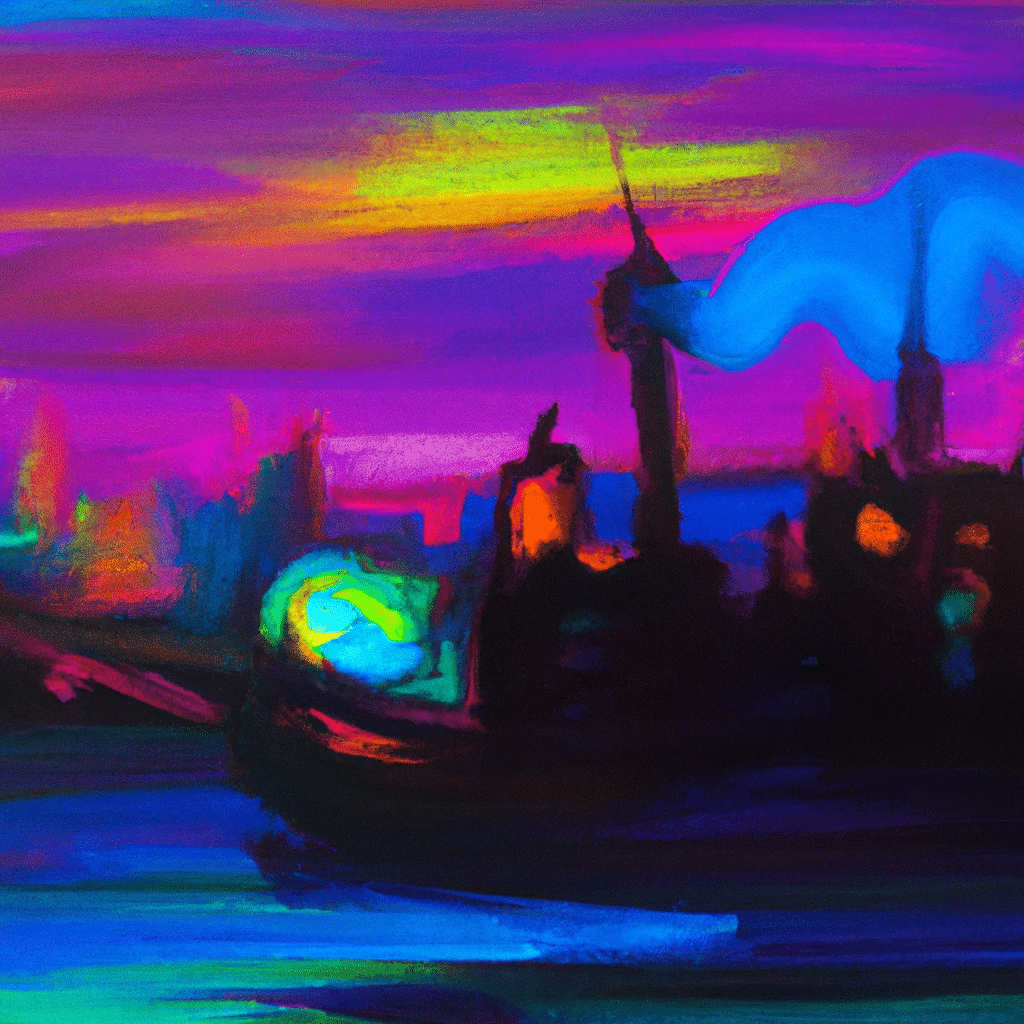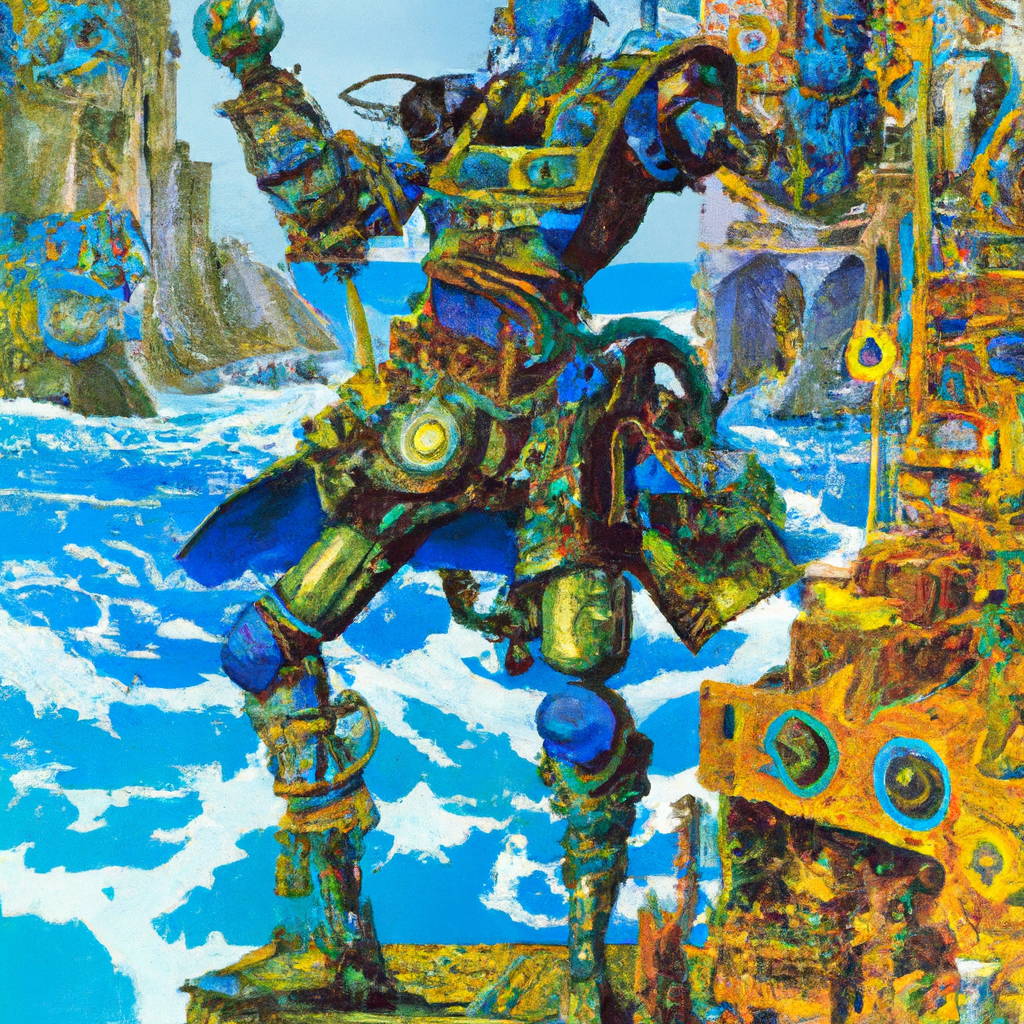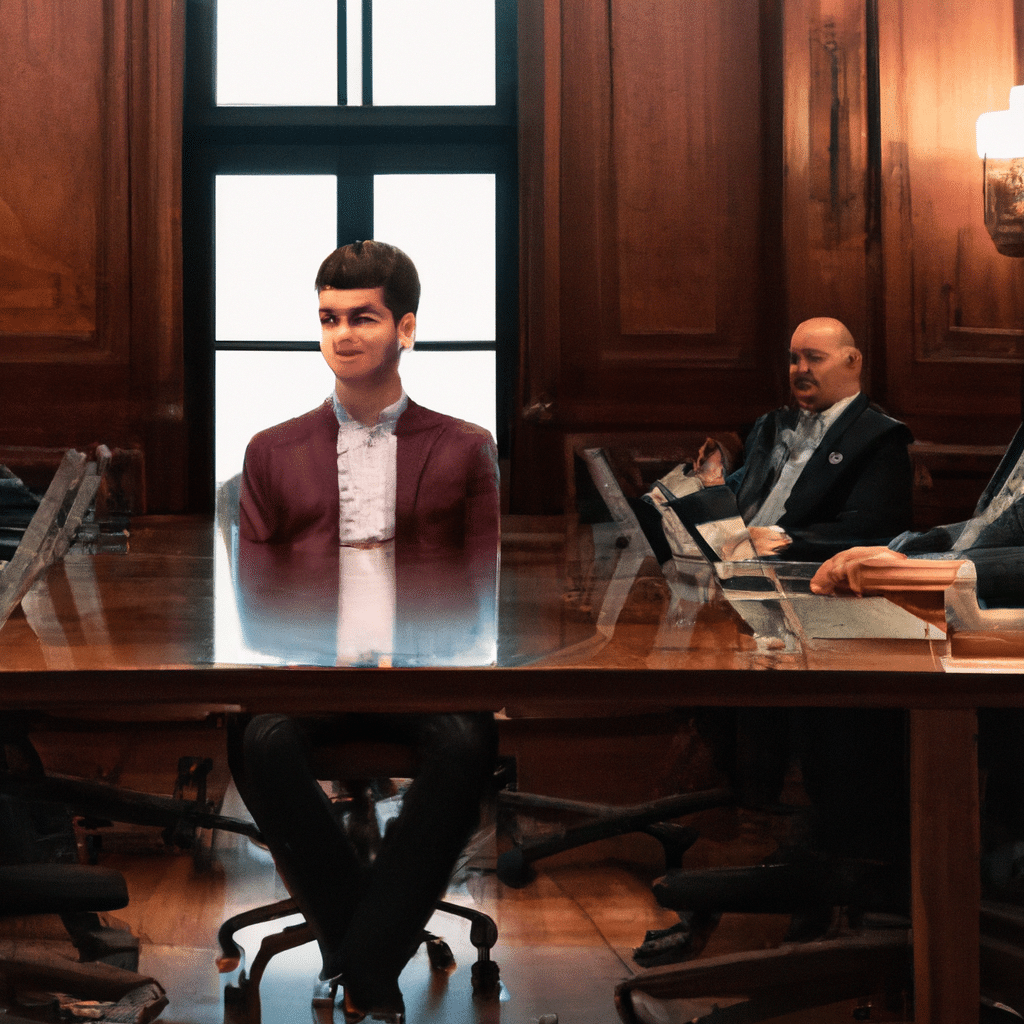Siwei Lyu of the DeepFake-o-meter explains how to tell when photos, videos and audio aren’t real
Key Points:
– Siwei Lyu, a professor at the University of Buffalo, who specializes in areas such as computer vision and digital forensics, talks about the importance of human involvement in detecting fake media made by AI.
– Detection tools, both commercially available and developed in research labs, can help in identifying deepfakes. These tools allow users to upload or link media suspected to be fake, and then provide a percentage likelihood that it was AI-generated.
– The most common signals that indicate a photo or video is a deepfake include inconsistencies in facial features, unnatural eye movement, and distortion around the face and body.
– Deepfake detection is an ongoing challenge, as AI technology continues to improve and become more convincing. Researchers are constantly working to develop new methods and strategies to counter the threat of deepfakes.
Final Thoughts:
Siwei Lyu’s insights highlight the importance of human involvement in the detection of deepfakes. While detection tools can provide a helpful starting point, it ultimately requires human judgment to spot the inconsistencies and nuances that AI may overlook. As deepfake technology evolves, it is crucial for researchers and developers to continuously improve detection methods to combat the growing threat of fake media. So, let’s keep our eyes open and our detectors sharp to expose these sneaky AI-generated tricks!
As part of this experiment I would like to give credit where credit is due. If you enjoy these, please take a moment to read the original article:
https://www.theguardian.com/us-news/article/2024/jun/07/how-to-spot-a-deepfake
Blog Title
AI: gpt-3.5-turbo-0125: chatcmpl-9XQiiYWPYqKOBMHddzHlRzIYearfP
Instruction: “You are an AI blog title generator. Create a catchy and concise title for the blog post that is catchy and optimized for search engines. Remove all html in the response and do not use quotes. Please do not use words that are unsafe to process in Dall-E image AI.”
Prompt: Content Summary of text from above.
Response: Detecting Deepfakes: Siwei Lyu Unveils How to Spot Fake Photos and Videos
Image Description
AIgpt-3.5-turbo-16k-0613:chatcmpl-9XQinfmKvNu3EXClFT7zhnso2uo6P
Instruction: “You are a helpful assistant that creates unique images based on article titles. Create a brief visual description of what an image would look like for this title. Please pick a style of art from the following: Futurism, Impressionism, Romanticism, or Realism, be sure to consider the image should reflect an AI Robot Pirate theme during the Golden Age of Pirates.”
Prompt: Impressionism: A dreamy and ethereal painting portraying an AI Robot Pirate gazing intently at a screen displaying a photo or video. The pirate’s metallic body glimmers in soft, hazy brushstrokes of pastel colors. Surrounding the pirate are cascades of vibrant, abstract forms, representing the visual artifacts and glitches that hint at the presence of deepfakes. The overall atmosphere is one of mystery and intrigue, capturing the essence of Siwei Lyu’s groundbreaking techniques for detecting fake images and videos.
Response: Detecting Deepfakes: Siwei Lyu Unveils How to Spot Fake Photos and Videos



